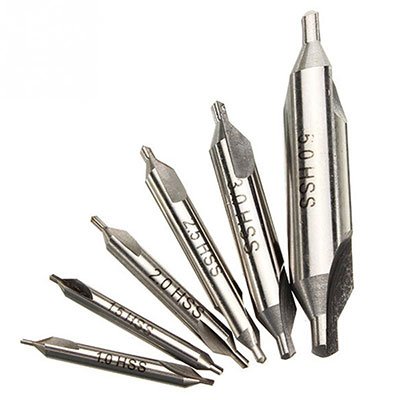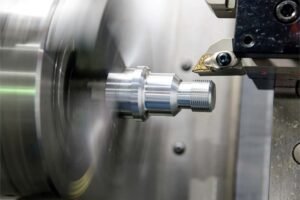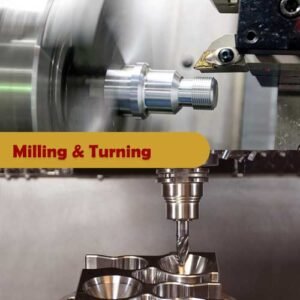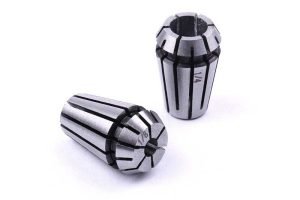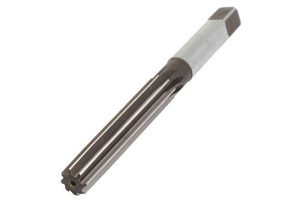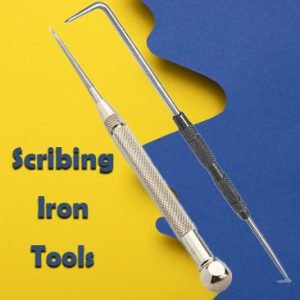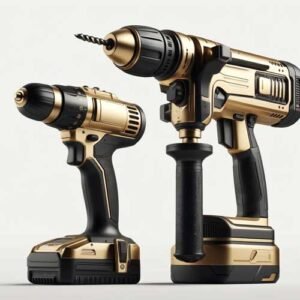The presence of a center drill, given its specific characteristics, is essential for initiating drilling operations on components such as shafts. In this article, we address the following regarding center drills:
What is a Center Drill?
Structure of a Centre Drill
Types of Center Drills
Types of Body Material
Standard Center Drill Chart
Attaching to the Lathe Machine
Steps for Center Drilling with a Lathe Machine
Conclusion
What is a Drill?
To get to know the center drill better, it’s better to first become a bit more familiar with the drill. A drill is a tool used to remove material from objects and parts to create holes in them. Drills come in various shapes and sizes for creating holes in different shapes and materials. To create a hole, drills are usually attached to a tool called a drill. The drill, by rotating at high speeds, gives the drill the ability to enter objects and parts with the help of the cutting edges on the drill and create holes of the desired dimensions.
What is a Center Drill?
When deciding to drill a shaft, choosing the exact starting point for drilling can be challenging. One of the most common methods for creating a hole is using a lathe machine and a center drill. In this operation, the workpiece is securely mounted on a lathe machine with a three-jaw chuck, and the center drill is attached to the lathe machine using a tailstock, a live center, and auxiliary sleeves. The main advantage of this method is the ability to perform drilling precisely at the center of the workpiece and in alignment with its rotational axis.
To begin the drilling process, the desired surface must first be fully machined to ensure it has no protrusions or depressions. After the turning operation is complete, a center hole is created exactly at the center of the workpiece using a center drill. To create this hole, the use of a center drill is essential, and without it, this step is practically impossible to perform accurately. The hole created by the center drill assists the operator in placing the drill bit precisely at the center of the workpiece and preventing it from deviating.
Structure of a Centre Drill
In the past, a center drill was referred to as a combined drill. The reason for this name was the combination of two drills with different diameters, namely the drill and the countersink drill. The material used for this tool is generally of the High-Speed Steel (HSS) type. There are also center drills made of carbide with cobalt content, although their number is lower compared to center drills made of High-Speed Steel.
Types of Center Drills
Centre drills come in three different categories based on their structural shape, and they are used depending on the required operation.
Type A: This type of center drill does not have a protective countersink and has a 60-degree conical angle. It creates a hole with a 60-degree angle.
Type B: This center drill has a protective countersink, a 60-degree conical angle, and a 120-degree countersink angle. In addition to creating a hole with a 60-degree angle, it also produces a 120-degree chamfer at the start of the drilling operation to protect the main hole.
Type R: This one has a curved shape and is used for creating holes with deviations.
These various types of center drills are selected based on the specific drilling operation requirements.

Types of Centre Drills Based on Body Material
HSS: This type of center drill is made of High-Speed Steel (HSS) and is suitable for drilling workpieces that are not very hard in the material.
Cobalt-Coated: A small percentage of this type of center drill is made with cobalt coating. The reason for using this type of drill is that drilling hard metals generates heat, which can lead to drill bit burnout. The presence of cobalt prevents the drill from burning out.
Carbide-Tipped: In terms of drill material, carbide-tipped center drills are the hardest. They are suitable for creating holes in workpieces with hard materials.
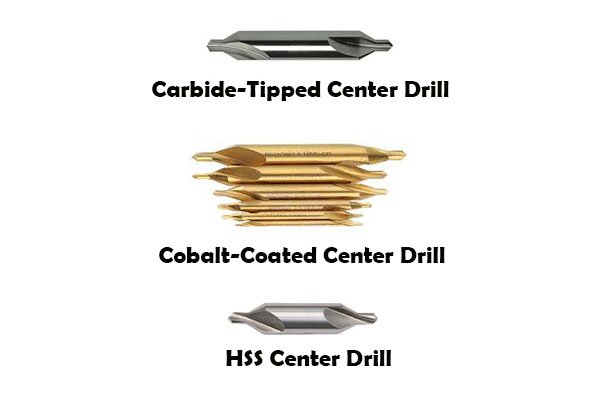
Standard Chart
Center drills come in various dimensions, with their diameter being the most crucial dimension. To make the correct choice of a center drill, attention is usually given to the dimensions of the workpiece, especially its diameter. The table below serves as a guide for selecting a center drill based on the workpiece diameter.

Connecting the Center Drill to the Lathe Machine
To connect the center drill to the lathe machine, three-jaw chucks are used. These three-jaw chucks are essentially auxiliary tools to which the center drills are attached. Various chucks are used on the three-jaw chucks to accommodate different center drill types.
Intermediate Chucks: Center drills with tapered shanks and three-jaw chuck retainers have tapered shanks and are connected to the lathe machine using intermediate chucks. These intermediate chucks have specific standards and are referred to as Morse tapers. The sizes of Morse tapers are as follows.
Steps for Center Drill Operation Using a Lathe Machine
- Measure the diameter of the workpiece using calipers and select the appropriate centre drill based on the workpiece’s diameter.
- Ensure the tip of the center drill is in good condition. Do not use a center drill with a damaged or broken tip.
- Secure the workpiece with a three-jaw chuck holder and, if necessary, perform facing operations on the workpiece’s surface.
- Attach the center drill to the three-jaw chuck holder and connect it to the lathe machine using chucks.
- By rotating the lathe machine’s lever, extend the center drill’s tip 3 to 5 centimeters out and strike the three-jaw chuck holder along with the chucks in place.
- Adjust the appropriate rotational speed on the lathe machine based on the workpiece material and the diameter of the center drill.
- Push the start lever downward to engage the three-jaw chuck holder in rotation. Release the lathe machine’s lock lever and bring it closer to the workpiece. Lock the lathe machine using the levers.
- Make sure the center drill makes contact with the workpiece’s surface.
- Rotate the lathe machine to allow the center drill to create a hole to the desired depth.
- After creating the hole, retract the center drill and disengage all the attached tools.
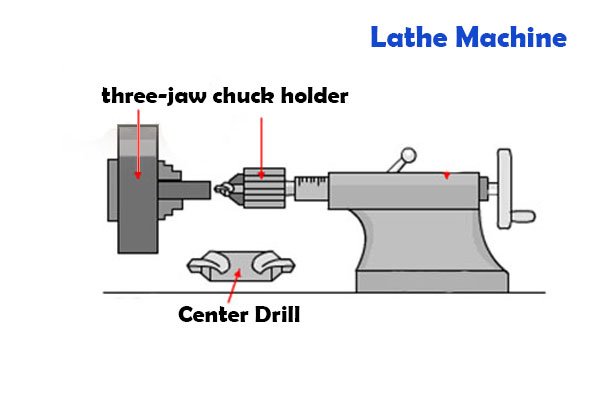
Conclusion
The center drill is one of the various types of drills used to create a hole in the surface of a workpiece. The presence of this hole is essential for initiating the drilling process. The material of the body, the angle of the drill tip, and the dimensions of the drill can vary depending on the application and need to be selected according to the operator’s intended use.
